Explore The Ruins Of Gedi And Get A Deep Mystery Beneath Ancient Ruins In 2026
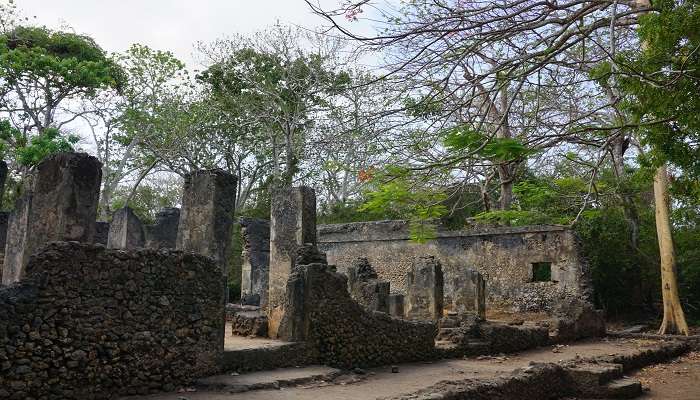
In the centre of the dense, green forests that cover Kenya’s coast, one can find the Ruins of Gedi, a place filled with mystery and curiosity due to its fascinating past occurrences. Gedi was an important trade centre during the thirteenth century, exchanging goods with India, Arabia, and China. The sudden desertion of Gedi town in the seventeenth century has always puzzled historians and archaeologists. A glimpse into the rich Swahili culture and its detailed urban planning can be gained from remnants of coral stone buildings, a grand mosque, stately homes, and intricate artefacts. The historical background, archaeological discoveries, architectural marvels, and cultural significance of Gedi Ruins have been explored in this article, giving travellers and history revellers full coverage.
History Of Ruins Of Gedi
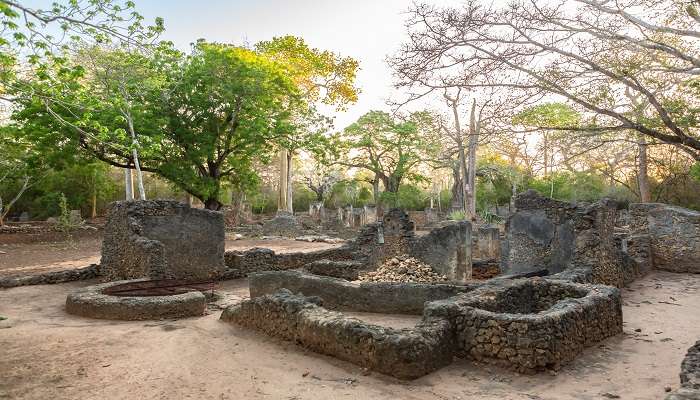
Gedi’s history began in the 13th century, and it developed into a significant trading centre for the Swahili people on the coast of Kenya. This town prospered as an important trading post that connected East Africa with Arabia, India, and China through sea routes. As a result of this favourable position, the town’s development was mainly for trade, which led to it being a centre of economic and cultural activities. This is best described by various artefacts that archaeologists have discovered.
Although Gedi has a flourishing community and the city’s planning was advanced, by the 17th century, the town had been abandoned under mysterious circumstances. Archaeological excavations have uncovered intricately designed stone-built houses, grand palaces with verandahs and courtyards, and coral stone mosques visible during high tide along its coast – all these are pointers of an affluent past. This place can be visited as a living memory of its rich Swahili history.
Must Read: Restaurants In Kenya
Key Informations About Ruins Of Gedi
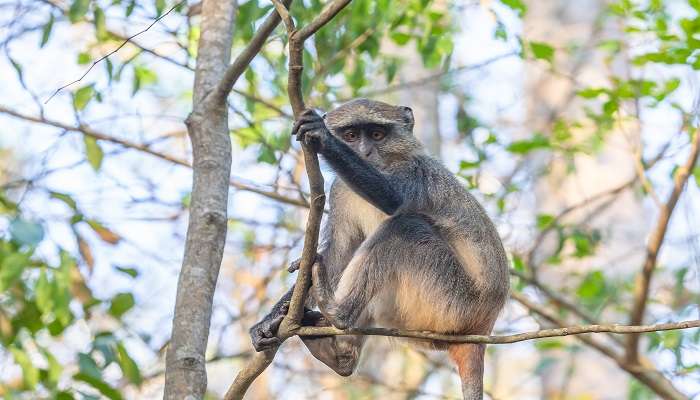
Entry Fees:
-
- Non-residents/ Foreigners:
- Adults: KES 500 (approx. INR 275)
- Children: KES 200 (approx. INR 110)
- Non-residents/ Foreigners:
Residents:
-
-
- Adults: KES 100 (approx. INR 55)
- Children: KES 50 (approx. INR 27)
-
(as per the current conversion rate)
-
-
- Distance from Capital City (Nairobi): Approximately 483 km
-
- Timings: Open daily from 7:00 AM to 6:00 PM
-
Nearby Attractions Of Ruins Of Gedi
Explore the attractions near the Ruins of Gedi and have an enjoyable vacation with your loved ones.
1. Watamu Marine National Park

One of Kenya’s most famous tourist attractions is the Watamu Marine National Park, located along the country’s coastline. It is well known for the splendid coral reefs and various types of marine life that are found there. In 1968, it was announced as a national park where people could go snorkelling or diving. There are beautiful coral gardens with many coloured fish, sea turtles, and sometimes even dolphins. It symbolises how important it is to conserve things at the sea because this park takes care of its fragile system at any cost.
-
- Distance from the Ruins of Gedi: Approximately 7 km
-
- Entry Fees:
-
- Non-residents/ Foreigners:
- Adults: KES 2,000 (approx. INR 1,100)
- Children: KES 1,000 (approx. INR 550)
- Residents:
- Adults: KES 200 (approx. INR 110)
- Children: KES 100 (approx. INR 55)
(as per the current conversion rate)
Timings: Open daily from 6:00 AM to 6:00 PM
Suggested Read: Kenya In August
2. Bio-Ken Snake Farm
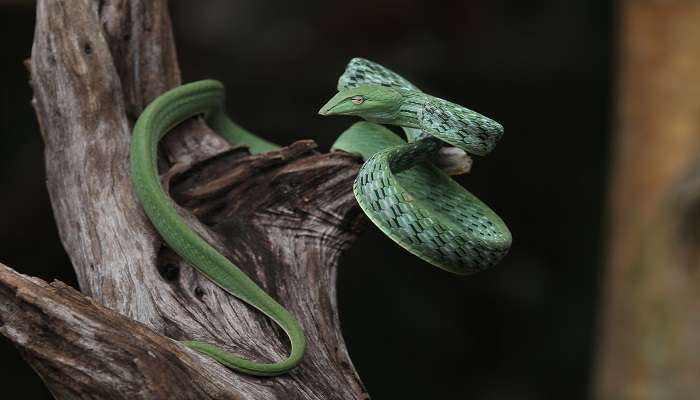
Near Watamu, Kenya, the Bio-Ken Snake Farm is a well-known research and conservation centre dedicated to snakes. It has over 200 species, including poisonous types such as the black mamba and puff adder. Established during the late 1980s, this farm provides educational tours where people can learn about a snake’s behaviour, venom content, and efforts to ensure they do not become extinct. Snake handling demos and antivenom production are provided by the farm along with other vital roles in health care for the local community.
Distance from the Ruins of Gedi: Approximately 9 km
Entry Fees:
- Non-residents/ Foreigners:
- Adults: KES 1,000 (approx. INR 550)
- Children: KES 500 (approx. INR 275)
- Residents:
- Adults: KES 500 (approx. INR 275)
- Children: KES 250 (approx. INR 140)
(as per the current conversion rate)
Timings: Open daily from 10:00 AM to 5:00 PM
Things To Keep In Mind While Visiting The Ruins Of Gedi
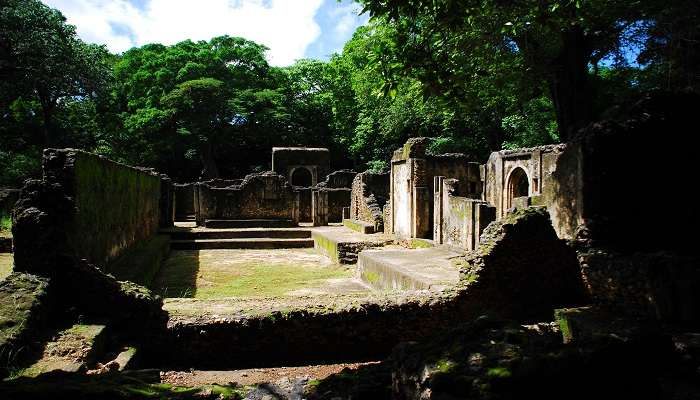
During the dry season, from July to October, when the weather is ideal for touring, is the best time to come to the Ruins of Gedi. During this period, one could walk around the site comfortably without worrying about rain. To walk through the rough ground and hot weather, you should wear comfortable shoes designed for such walking expeditions and lighter clothes. Therefore, it is advisable to bring enough water bottles for consumption as you trek, apply sunscreen, or carry an insect repellant to protect yourself against insects.
Suggested Read: Bungee Jumping In Kenya
How To Reach Ruins Of Gedi
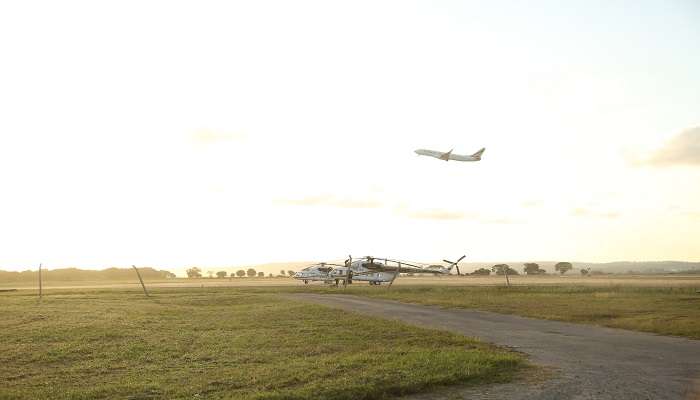
Flying into Moi International Airport in Mombasa is how to get to The Ruins of Gedi. Both domestic and international flights operate from this airport every day. The journey from Mombasa city to Malindi town, which is approximately 115 km, can be covered by a 2-hour taxi ride. Coming from Nairobi or Mombasa, use Malindi Airport, then take a taxi or matatu to arrive at this historical place, which is 16 kilometres away from the Airport in a southward direction.
If you travel by train, you should take the Standard Gauge Railway (SGR) from Nairobi to Mombasa before finding an alternative means of traveling by road. People can also use long-distance buses travelling through Mombasa or hire matatus operating within the locality between Nairobi and Malindi, stopping at Gedi. To enhance your experience, it is recommended that a tourist hire a guide from among those residing near these historical monuments.
Further Read: Best Things To Do In Africa
Now that you have a list of things to remember for your next vacation, including witnessing the mysterious Ruins of Gedi and its nearby attractions, plan your trip to Kenya to these fabulous spots for the experience of a lifetime. Don’t miss out on these opportunities; book your tickets now!
For our editorial codes of conduct and copyright disclaimer, please click here.
Cover Image Source: Shutterstock
Frequently Asked Questions About Ruins Of Gedi
Are there facilities like restrooms and eateries near the ruins of Gedi?
Yes, there are basic facilities such as restrooms and small cafes near the ruins for tourists
Is photography allowed at the ruins?
Yes, photography is allowed for personal use at the ruins of Gedi. However, professional, editorial, or commercial photography requires special permits.
Are there any parking services available near Gedi?
Yes, there are several parking options available near the entrance of Gedi for visitors arriving by car or tour bus.
Is it allowed to have an overnight stay at Gedi?
Though Gedi doesn't have accommodation options, its nearby towns such as Malindi offer a wide range of accommodations, such as hotels, resorts, and guesthouses, catering to different budgets and preferences.
When is the best time of day to visit Gedi?
Visitors are recommended to visit Gedi during the early morning or late afternoon to avoid the heat and crowds.
Is it allowed for visitors to bring food to Gedi?
Bringing food is generally not allowed within the ruins to preserve the site. However, there are designated areas nearby where visitors can enjoy snacks.
What languages are available for guided tours at Gedi?
Most of the guided tours are generally conducted in English. However, there are options for visitors to arrange for translation services in advance.
How long does it take to visit Gedi?
Generally, 1 to 2 hours are sufficient for a typical visit to Gedi. You can allocate a few days to cover all the nearby attractions and places to visit near Gedi.
People Also Read:
Kenya In December Honeymoon In Kenya Masai Mara National Park

Unveil the hidden treasures of the globe and turn every travel dream into reality. As a Content Writer, I am passionate enough to craft stories from ancient wonders to modern marvels. My words paint the picture-perfect itinerary for unforgettable experiences. Let my words be your trusted guide to immerse in the diverse culture and discover the beauty of the unknown.





